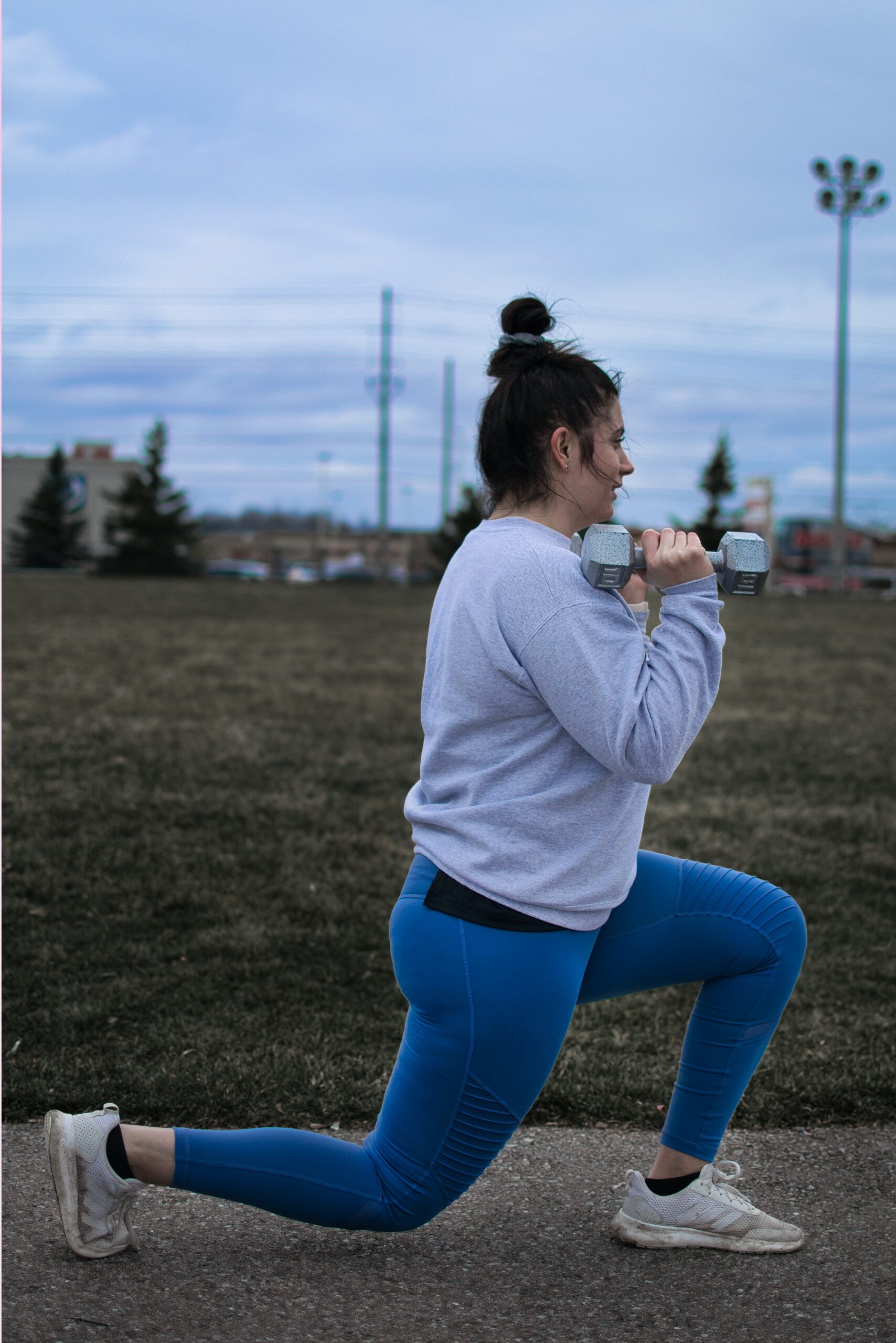
Guidelines for Exercising in Pregnancy
Early pregnancy is a time of wild emotions, information overload and frantic piecing together of the newly acquired due date of your little one.
One of the first thoughts that comes front of mind for pregnant women is ‘am I allowed to exercise’? which is generally followed by a flood of questions that lead most to reach a stalemate and decide not to exercise unless something is 100% crystal clear.
Having experienced this almost to a tee I would like to share what I learnt through my experience, research, chats with GP’s and midwifes with you.
Firstly remember
“Physical activity in pregnancy has minimal risks and has been shown to benefit most women, although some modification to exercise routines may be necessary because of normal anatomic and physiologic changes and fetal requirements”
– American College of Obstetricians and Gynaecologists
Benefits of exercise during pregnancy
Regular physical activity during pregnancy improves or maintains physical fitness, helps with weight management, reduces the risk of gestational diabetes, improve insulin resistance and metabolic control, improves maternal cardiovascular and respiratory output, as well as reducing depressive symptoms.
How much exercise should I be doing?
An exercise program that leads to an eventual goal of moderate-intensity exercise for at least 20–30 minutes per day on most or all days of the week should be developed with the patient and adjusted as medically indicated.
Tips for exercising during pregnancy
1. Listen to your body
You know best so listen in for cues.
If you feel vulnerable, sensitive or in any kind of pain then don’t push yourself. If you feel robust, strong and are in no pain you may not need to hold back so much.
Now this advice comes with a special warning to watch out for Mr Ego who seems to want to step in when he isn’t needed. If you are engaging in group exercise and those around you are pushing to a high limit, this does not mean Mr Ego is right in whispering to you to ‘go a little harder’. Your practice is your own so keep your focus internal and don’t worry about what those around you are doing.
2. Avoid excess heat
Studies concerning exposure to heat during pregnancy have indicated that heat stress (maternal hyperthermia) can be dangerous to the growing baby, particularly during the first trimester. Heat stress is defined as a core temperature of 39 degrees or above.
We recommend avoiding hot yoga, exercising on hot days and avoiding saunas and spas. We particularly recommend this in trimester 1as a fetus has not yet developed sweat glands so is prone to overheating.
And of course, keep well hydrated when exercising.
3. Avoid inversions or twists
Avoid twisting during pregnancy as this can compress vital arteries supplying the uterus. It is also advised to avoid inversions and having your head below your heart for lengths of time, again this is compromising blood flow by making your heart work faster.
4. Be able to string a conversation together while exercising
During pregnancy, a woman experiences a physiological decrease in pulmonary reserve, how much air we can hold in our lungs. Therefore the ability to exercise anaerobically is impaired due to the decrease in available oxygen.
It is best to therefore not overdo it when training, as a general rule of thumb, exercise to the level that you can still converse.
Target heart rate:
Age <20 years: 140–155 beats per minute
Age 20–29 years: 135–150 beats per minute
Age 30–39 years: 130–145 beats per minute
Age >40 years: 125–140 beats per minute
5. Keep a routine familiar
Most GP’s will agree with this advice. If you weren’t a runner before pregnancy then during pregnancy is not the right time to take it up. Engage in activities that are familiar to you, that you have experience with and that you have a benchmark for, meaning you know how you should be feeling when doing that activity.
Now if you were doing ultra-marathons and HIIT classes beforehand this rule will not apply to you as these activities go against my previous advice to not overheat and avoid getting your heart rate too high.
6. Work with a qualified PT
We recommend Claire Falconer from Coached by Claire who offers trimester by trimester PT and yoga online classes and information on safe pregnancy exercises. Use code HALSAHEALTH for 20% off.
Trimester tips
Trimester 1
– Be extra careful about heat exposure
Trimester 2
– Now is the time you are feeling at your best, create a weekly routine you can follow during this trimester
– During mid second then third trimester avoid lying in the supine (on your back) position for lengths at a time, this position can decrease venous return and cause hypotension in a large majority of pregnant women.
– Aim for two strength sessions per week on non-consecutive days.
Trimester 3
– Vigorous intensity exercise to no greater than 90% of maximum heart rate has been shown to be safe
Enjoy exercise during your pregnancy in a safe and enjoyable manner, there is a lot you can do so don’t be scared to start up a routine once your trimester 1 woes are over.
For more information on exercising during pregnancy or to create your own tailored exercise and nutrition plan for pregnancy book in with one of our qualified practitioners here.
Author
Jennifer Ward, Adv dip Nat, BCom Econ, Masters Repro Med (studying)
Jennifer is a qualified naturopath with a focus on fertility, pregnancy, hormonal imbalances.
Learn more about Jennifer here
Book a session with Jennifer here
To learn more about exercising, pregnancy care or for speaking enquires on this topic get in touch at hello@halsahealth.com.au
Resources & studies
https://www.ncbi.nlm.nih.gov/pubmed/29496695
https://bmcpregnancychildbirth.biomedcentral.com/articles/10.1186/s12884-019-2441-1





